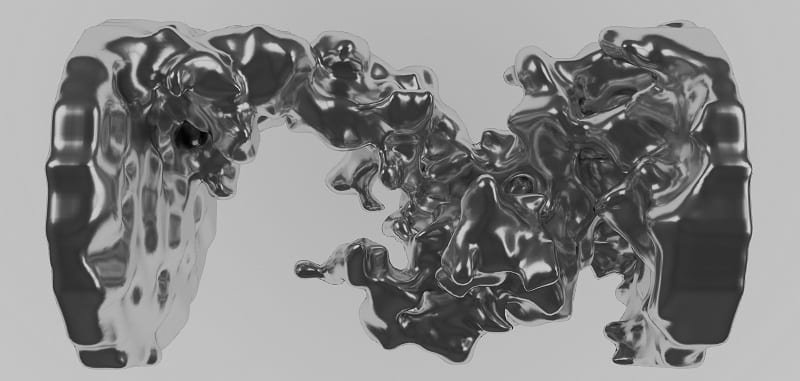Ofgem keen to level the playing field for storage
Ofgem has published proposals to alter the network charges paid by storage to prevent it being charged twice as both generation and demand.
16th March 2017 by Networks

The regulator said the current arrangements put storage at a “relative disadvantage” when compared to other types of assets.
Transmission and distribution charges are split between forward-looking charges, which reflect the impact of individual users on networks costs due to additional investments and reinforcements, and residual charges, which are used to recover the leftover costs of the existing network. The residual charges are levied on both generation and demand, with the bulk of the costs falling on the demand side.
Storage is currently classified as both generation and demand meaning it is charged for taking electricity off the network to store power, as well as for returning it to the grid later on. Ofgem is looking to modify the arrangements so that storage is treated solely as generation for the purposes of residual charging.
“This would mean that storage would continue to pay forward-looking charges in respect of both its demand and generation at both transmission and distribution levels, but only pay the generation residual charge at transmission level, and not pay the demand residual charge at distribution level,” the consultation document states. There is already no generation residual charge at the distribution level.
Storage is also treated as both generation and demand when calculating balancing charges, which are equally split between the two and are based on their total metered volume. Ofgem said this means storage pays more than its competitors for providing “similar services”.
The regulator has outlined two potential changes to redress this imbalance. The first would see storage assets defined as being either importing or exporting. They would earn credits for fulfilling their assigned role, which could then be used to offset their actions when power flows in the opposite direction.
Under the second option, storage assets would instead be charged on the basis of either their gross imports or gross exports, rather than the net total. “Charging storage on the basis of gross exports would align the treatment of storage more closely with generation”, the document says.
Ofgem said the changes to network charges should apply to storage linked to generation assets to ensure that they can compete as a combined package on equal terms with other types of generation. As co-located storage would usually be charged up using power from the generation assets rather than the network, it would not typically be liable to pay the demand residual in anyway.
However, the regulator said the modifications should not apply to storage co-located with demand, which should “continue to face its existing charging structure”.
The proposals were unveiled alongside plans to hold a significant code review (SCR) to examine concerns that some consumers are not making a “fair contribution” to network costs.
Given the “considerable industry agreement”, Ofgem said the changes to network charges for storage should “taken forward by industry” outside of the SCR process. However, the regulator said it would consider “widening the scope” of the SCR to include storage charges if that failed to happen.
Comments
Login on register to comment
Related content

Power
The future for vegetation management
Why networks should focus on data not trees to overcome the costly challenges involved in vegetation management

Power
An unprecedented opportunity for change
Why short interruptions will matter in RIIO-ED2 and how to address them.

Power
Time for less talk and more action on decarbonisation
Core "oven-ready" solutions to decarbonising heat and transport exist today and should be implemented without delay, says WPD's future power networks expert.
Related supplier content

Power
Load patterns and lockdown: how Covid-19 is impacting electricity networks
Insights into dynamics on the low voltage network as the outbreak unfolds

Heat
How E.ON. is helping the City of London become a zero emissions city
Discover Citigen. Deep in the heart of our bustling capital

Power
The Innovation Factor: Managing the transition to smart communication technologies in the electricity distribution sector white paper
The transition from legacy communications systems to new technologies can seem daunting for organisations in the electricity sector. But with market dynamics changing rapidly